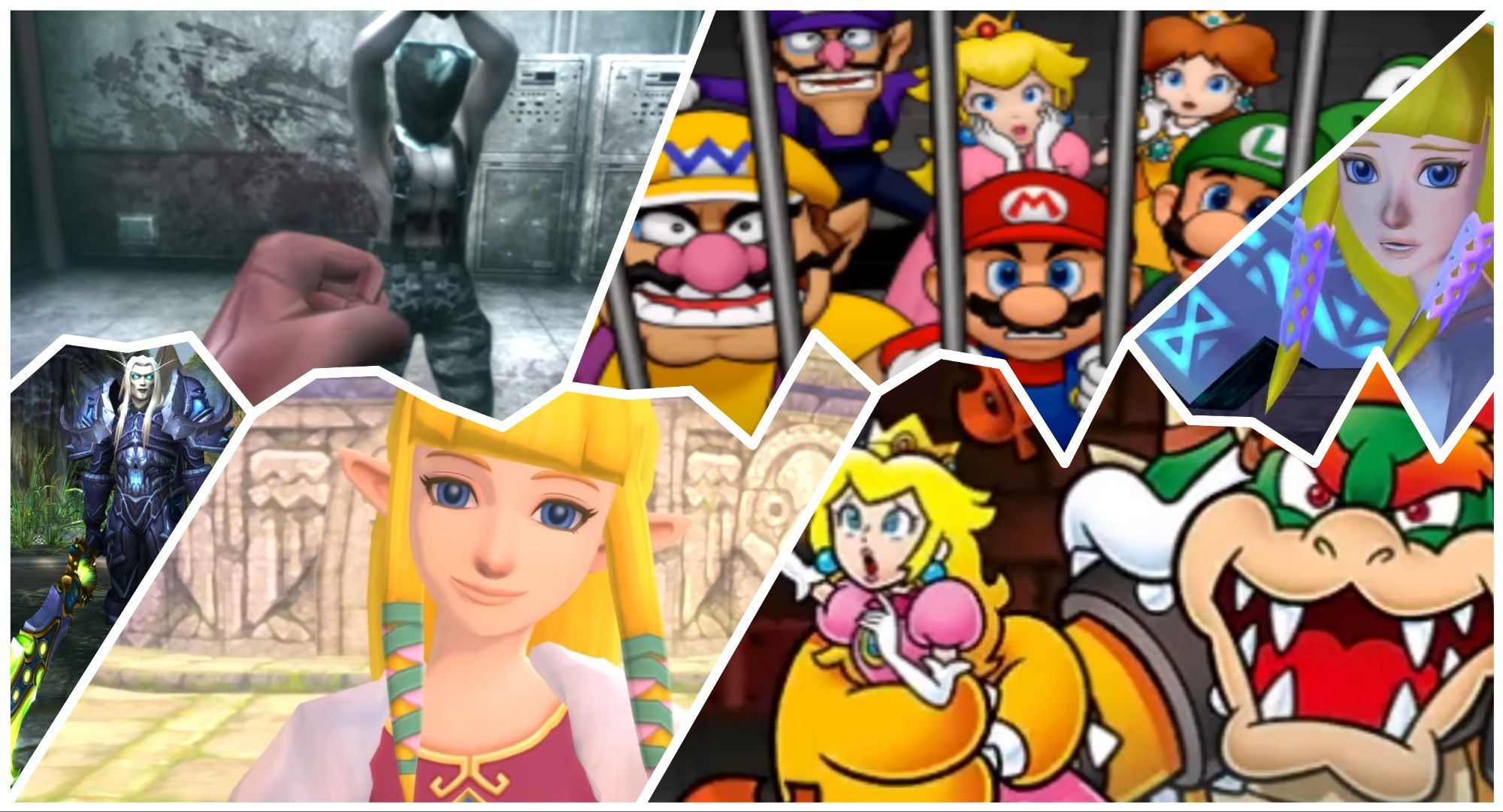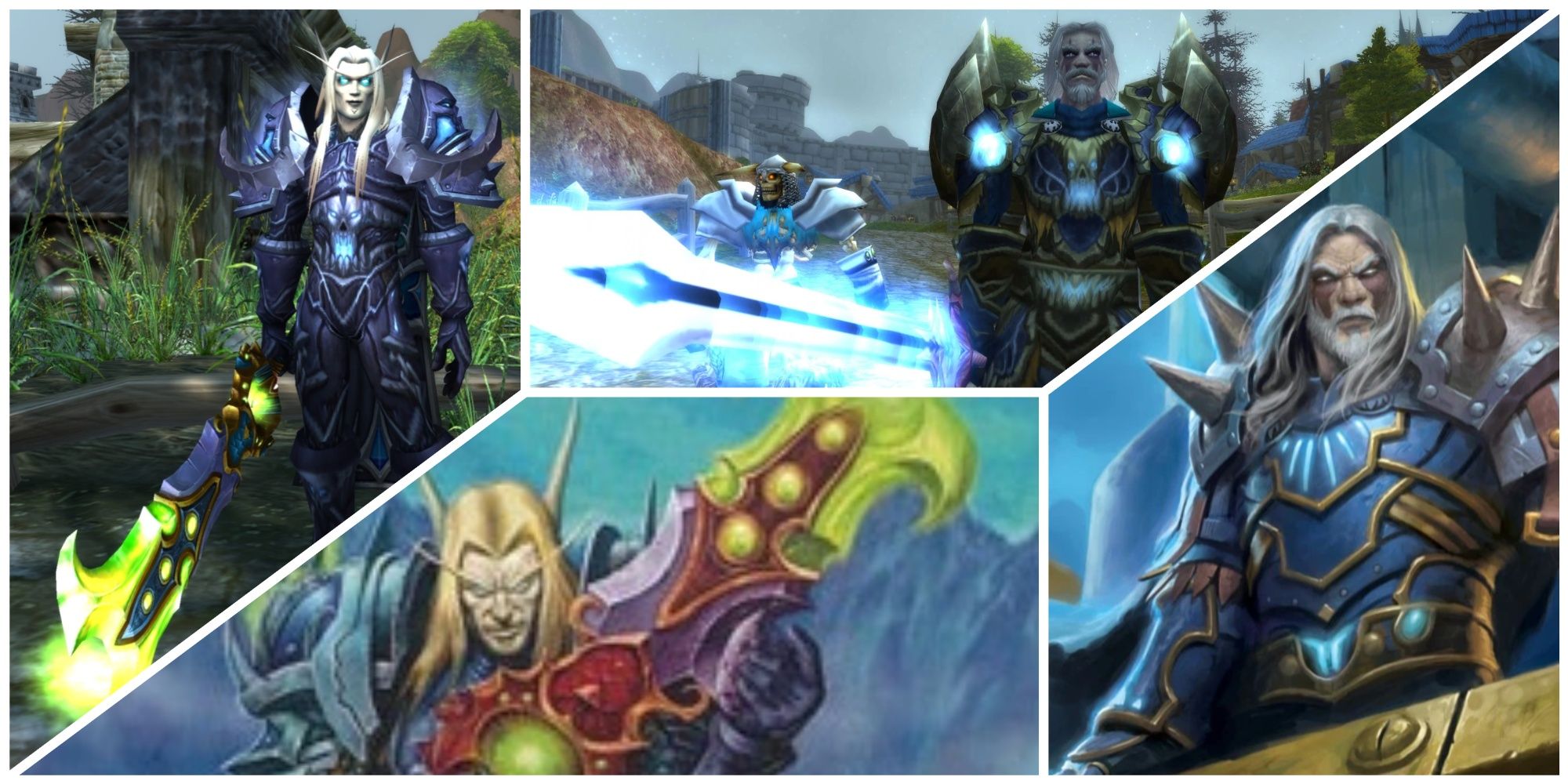Final rewards in games motivate gamers to fight through every level to completion to receive new avatars, outfits, items, and weapons that improve future playthroughs; sometimes the final rewards are captives in need of rescuing. Although protagonists have noble reasons for rescuing their loved ones, gamers with prior attachment to their hostages could equate completing a video game with being gifted the prize of a woman.
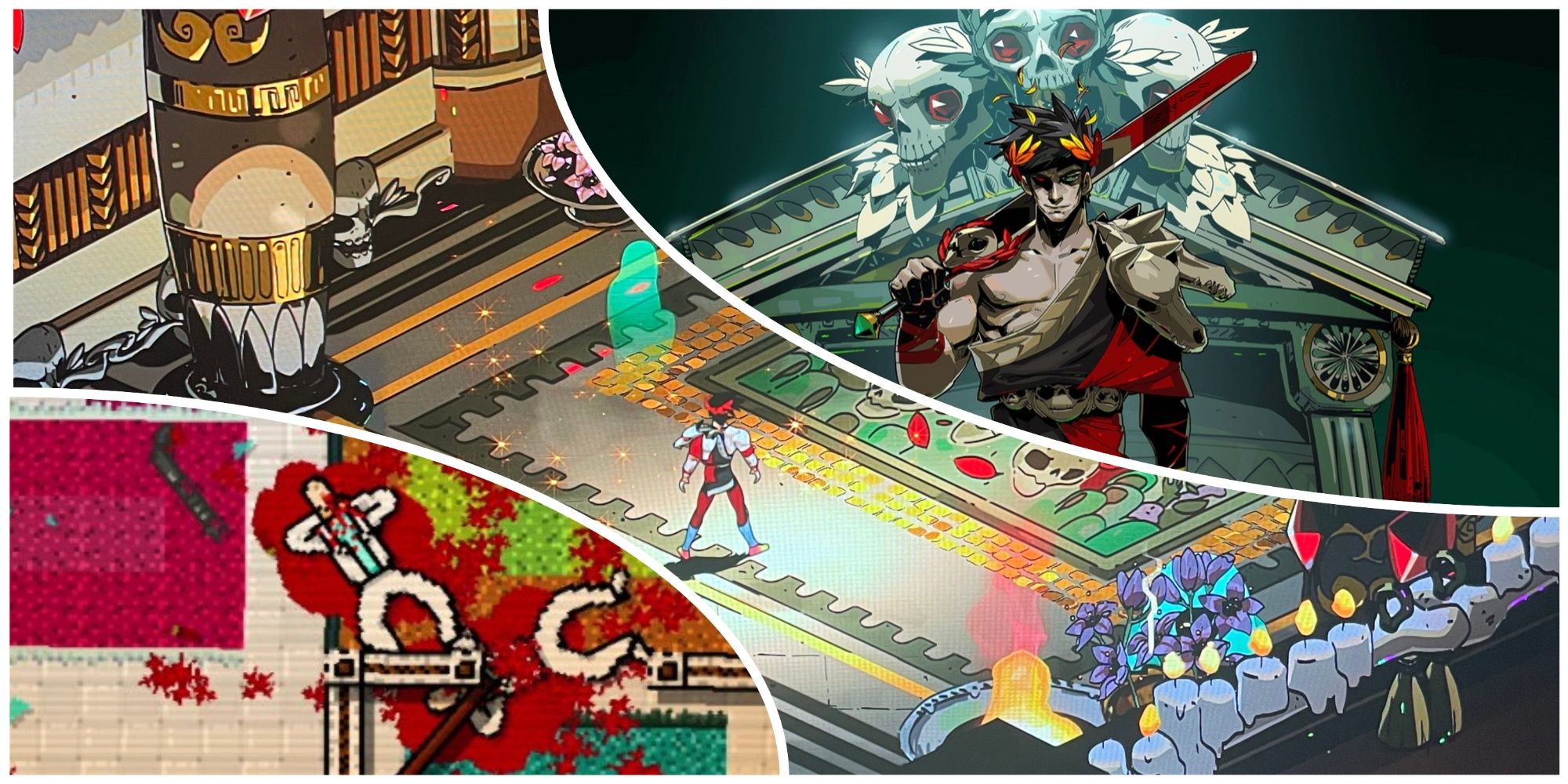
6 Games Where Dying Is Rewarded
Dying is not always considered a failure in video games. In fact, the following titles provide special rewards for players who end up dying.
Some characters are innately clumsy, easily tricked, or overpowered, often treated to an exasperated eye roll when players load up a sequel to save the hopeless serial hostage. Other characters are coveted for their skills or their impact on their world, but most commonly for their sentimental value to the protagonist, as a villain’s way of indirectly causing the hero pain or baiting them into battles. The “hostage” reward system is still a popular cliché for high-stakes video game plots, but hostages aren’t solely female anymore, nor are they entirely helpless; they are valuable characters that fight back, have dialogue, personalities, and motives, and join the greater fight after being rescued, rather than simply collapsing in the protagonist’s arms. Nevertheless, these characters are repeat customers with loyalty cards to the kidnapping conglomerate.
4 All Of The Snakes
The Metal Gear Franchise
Being kidnapped once is terrifying and traumatic, multiple abductions as a highly decorated, special ops soldier might start to feel a little embarrassing. The Metal Gear Series does not discriminate when it comes to their abductees, stealing men, women, scientists, spies, and every overpowered super soldier nicknamed “Snake”.In the first Metal Gear game, Solid Snake discovers a nuclear tank ‘Metal Gear’ that is secretly under the control of Solid’s mentor, Big Boss (aka Naked Snake). Shockingly, Big Boss was cloned to produce more soldier duplicates, making him the worst “father” of Solid Snake, Solidus, and Liquid, all of whom are vulnerable to being captured.
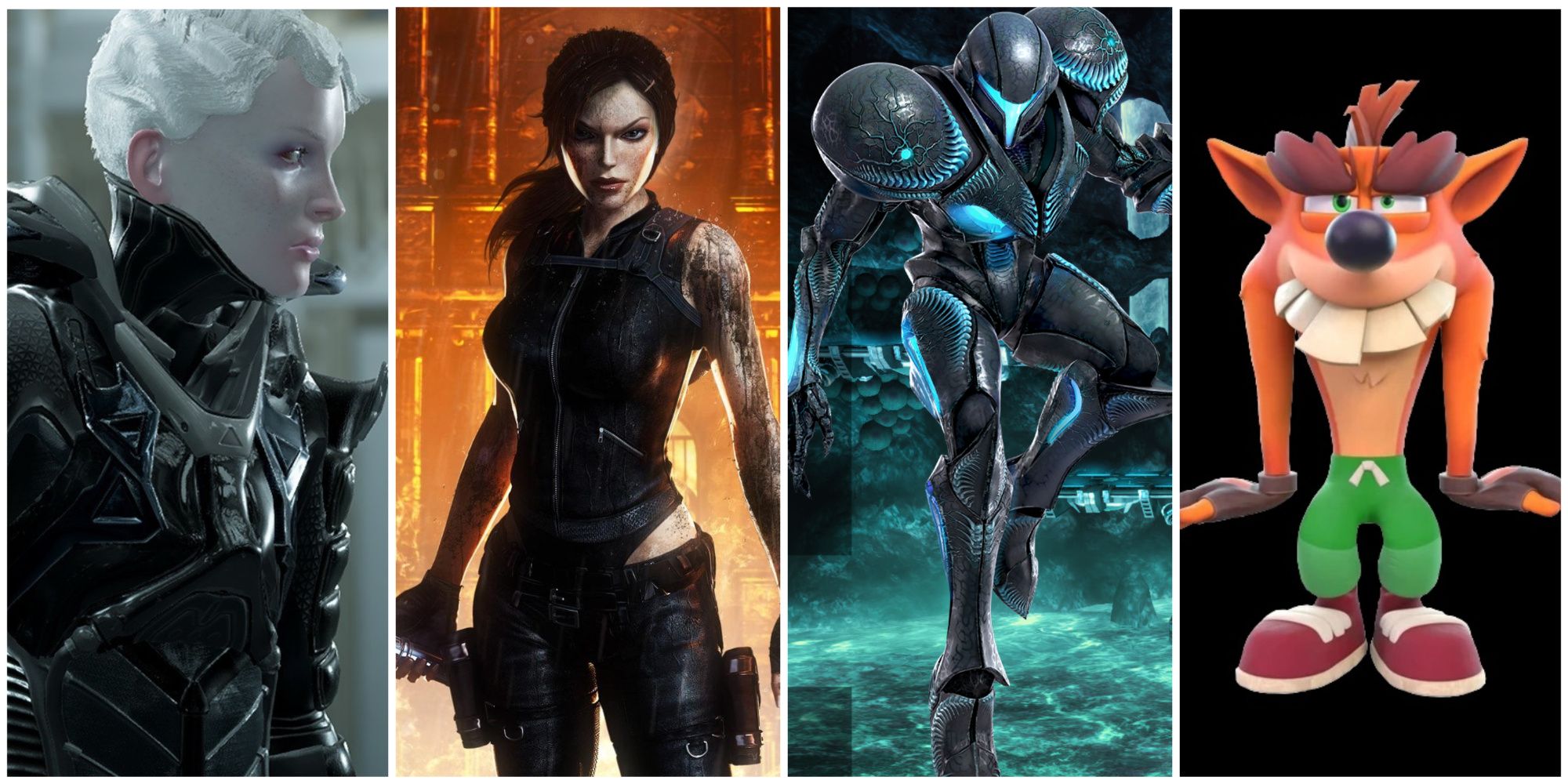
10 Games That Make You Fight Your Evil Clone(s)
Evil clones are a popular trope in sci-fi, especially in video games.
The kidnapping epidemic starts with a male scientist and a female spy being rescued by Snake in Metal Gear 2: Solid Snake (1990). In one 1998 game, Metal Gear Solid, Snake’s companion Meryl breaks out of her cell, is recaptured by Psycho Mantis (requiring Snake’s assistance), and finally trapped again by the female sharpshooter, Sniper Wolf. Snake is also subdued by the flirtatious Sniper Wolf in the same game but manages to orchestrate his escape and save Meryl. Because a military career isn’t complete without surviving several kidnappings, the (2006) prequel Metal Gear Solid: Portable Ops features Big Boss being betrayed and detained with teenage psychic Elisa facilitating his breakout. Snake’s nephew Raiden continues family traditions by being captured in Metal Gear Solid 2: Sons of Liberty but is quickly released as his captor, Olga, is being threatened with her own kidnapped daughter. At least all the Snakes have their abduction stories to bond over if they ever have a tense family reunion.
3 Koltira Deathweaver
The World of Warcraft Franchise
A valiant Horde warrior, Koltira Deathweaver is a capable fighter in his own right, and also a frequent hostage. Deathweaver appeared in multiple expansions of the massively multiplayer open-world RPG released in 2004, World of Warcraft. Koltira was murdered by an opponent and self-proclaimed brother, Thaissarian, making him a death knight, a hero class earned by deceased knights belonging to either the Alliance or Horde (two rival factions). Death knights were resurrected by the Lich King and it was during the Battle for Light’s Hope Chapel that Koltira and fellow death knights had their free will restored.
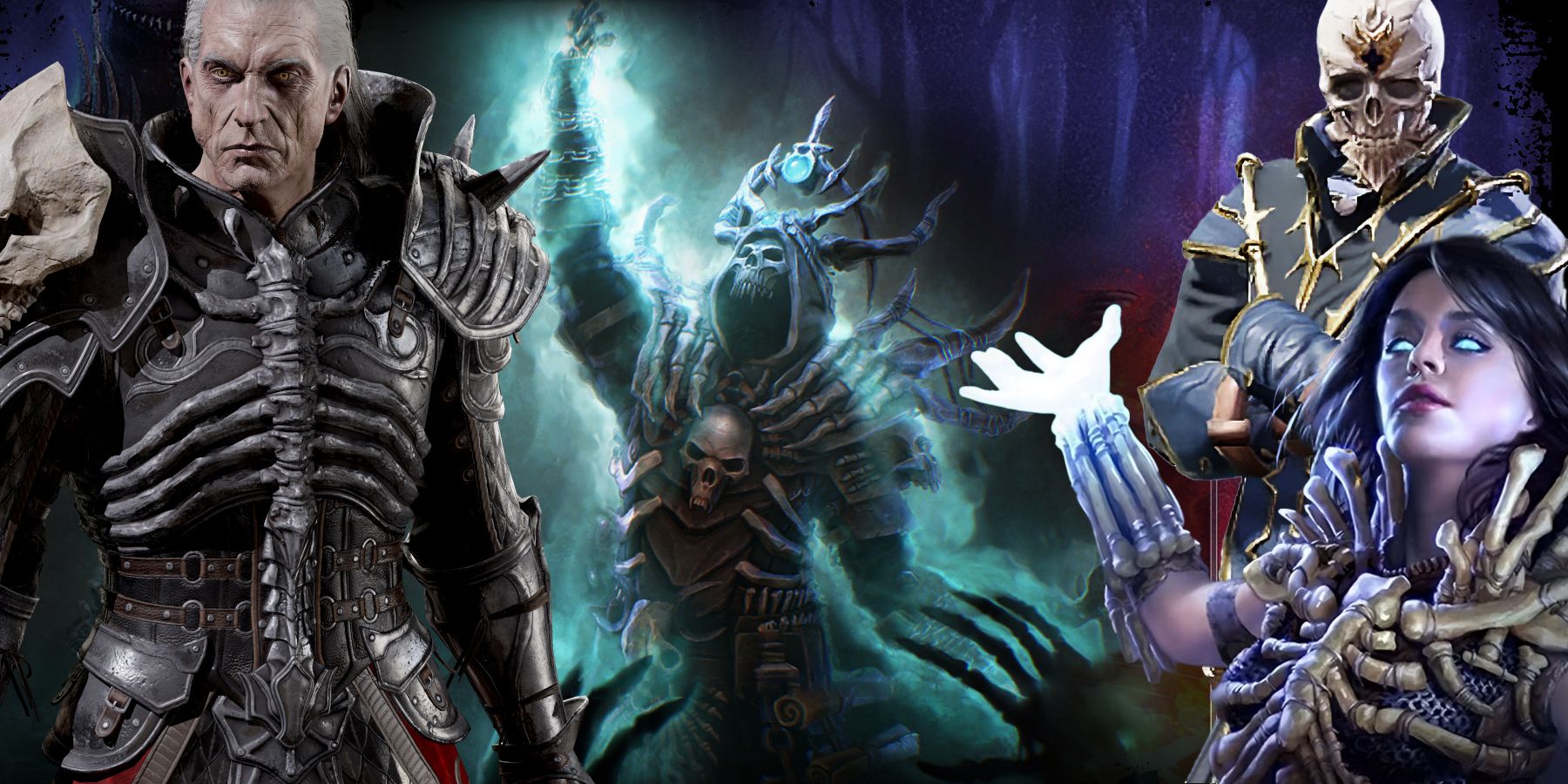
15 Games Where You Can Play As A Necromancer
Playing as a necromancer in video games can be a lot of fun, and these examples offer the best experiences.
Although liberated from the Lich King, Koltira did not evade capture for long. Players discover Koltira being held prisoner in the 2008 World of Warcraft: Wrath of the Lich King expansion, by High Inquisitor Valroth in the Scarlet Enclave. Once rescued, Koltira is free until World of Warcraft: Cataclysm (2010); Koltira’s friendly truce with Thaissarian provokes the Sylvanas to drag Koltira into a portal and brainwash him to loyally serve the Sylvanas and the Horde. Koltira is locked away during several expansion packs, until the World of Warcraft: Legion (2016), when he is rescued by Thassarian, reuniting these loyal besties once more. Despite being a highly skilled fighter, Koltira wasn't immune to constant kidnapping for the sake of plot.
2 Princess Zelda
The Legend of Zelda Franchise
The Legend of Zelda: Ocarina of Time
- Platform(s)
- Nintendo 64 , GameCube
- Released
- November 21, 1998
- Developer(s)
- Nintendo
- Genre(s)
- Action , Adventure
Rescuing the titular character of The Legend of Zelda Franchise has motivated protagonist Link’s adventures ever since the first game's release in 1986. From this point onwards, Zelda has been in need of a grand rescue in at least twelve of The Legend of Zelda games, sometimes being kidnapped, possessed, and sealed away multiple times per title (as in The Legend of Zelda: Spirit Tracks and The Legend of Zelda: Skyward Sword).Zelda is a playable character in a few games, but the Princess is rarely free from peril or abduction unless she doesn’t feature in the title at all.
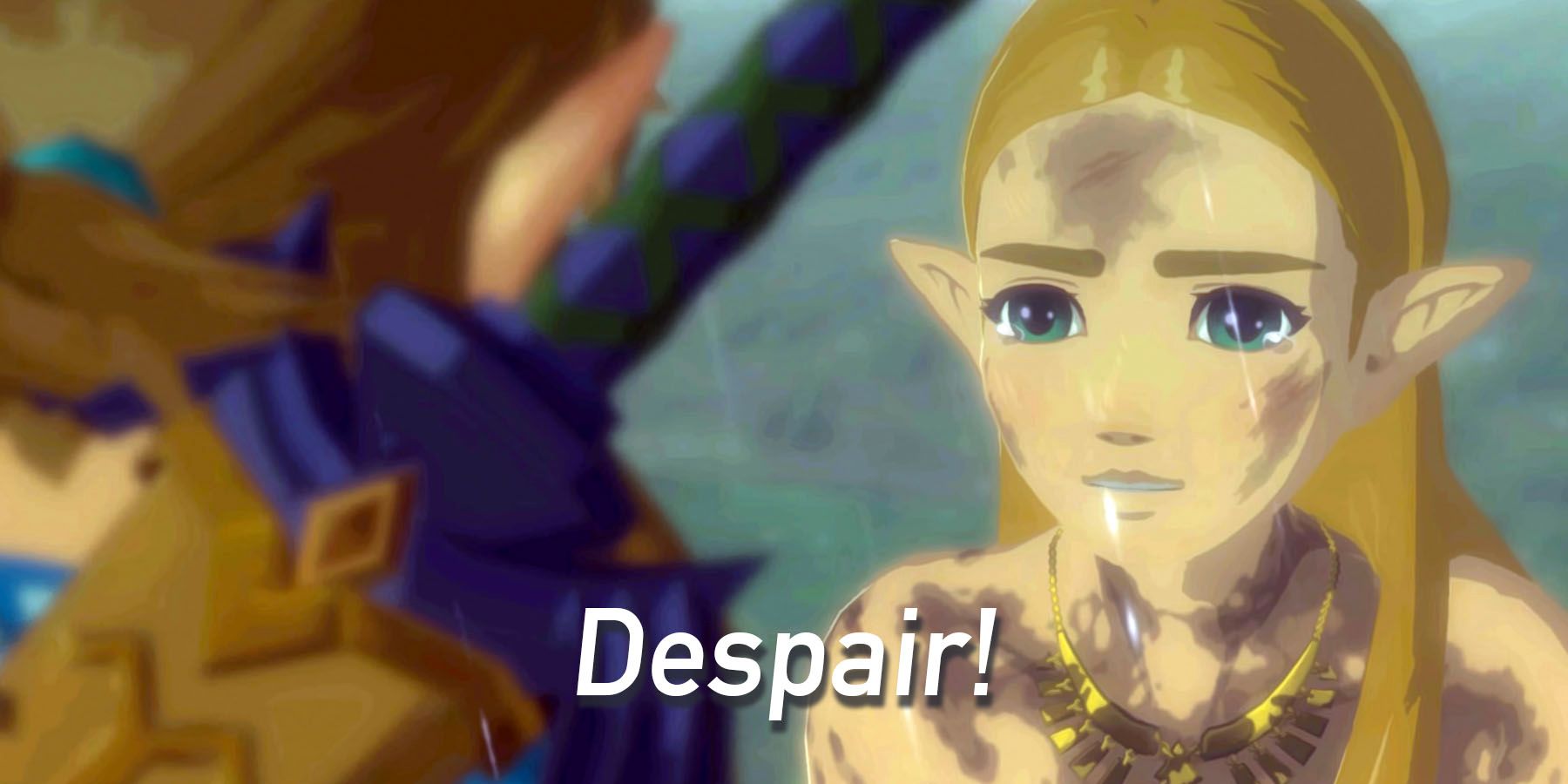
10 Most Gut-Wrenching Quotes In The Legend Of Zelda Games
Many heartbreaking and gut-wrenching moments have marked The Legend of Zelda franchise. These quotes showcase some of the best of them.
Despite sexist marketing campaigns for The Legend of Zelda: Ocarina of Time (1998) asking “Willest thou get the girl? Or play like one?”, Zelda ironically spends the gameplay disguised as male sidekick ‘Sheik’, teaching Link how to defeat his enemies. Yet upon revealing her true identity, Zelda is immediately kidnapped in her ‘less capable form’. Similarly in The Legend of Zelda: Wind Waker, Link’s female sidekick Tetra is a deeply respected pirate captain, but upon discovering that Tetra is actually Zelda, she is forbidden from any adventures and quickly captured.
Despite fears that Zelda would be reduced to a damsel in distress again, modern titles such as The Legend of Zelda: Tears of the Kingdom and The Legend of Zelda: Breath of the Wild give Zelda more autonomy, fighting ability, and character development, beyond being the selfless Princess who will sacrifice herself for Hyrule in a heartbeat (if she isn’t abducted first). In Super Smash Bros. Brawl (2008), Princess Zelda is caged alongside the infamous regal kidnappee, Princess Peach; their cages violently as weapons by Petey Piranha, proving these video game royals have more than matching concussions in common.
1 Princess Peach
The Super Mario Franchise
Princess Peach: Showtime!
- Platform(s)
- Switch
- Released
- March 22, 2024
- Developer(s)
- Nintendo
- Genre(s)
- Action-Adventure
Since debuting in 1988, Princess Peach has been an original damsel in distress and one of the most prolific kidnappees in gaming history. Few can rival her high stats, as Peach has been abducted over 22 times by Bowser and accomplices in the main Super Mario franchise and at least 14 times in titles from the spin-off series. Her rudimentary design appeared in Miyamoto’s arcade game Donkey Kong (1981), as brunette Pauline, awaiting rescue from a plumber named Jumpman (the early incarnation of Mario). “Princess Toadstool” graduated into pixel form in the first 1985 Super Mario Bros. game as a non-playable character doomed to be helplessly kidnapped.
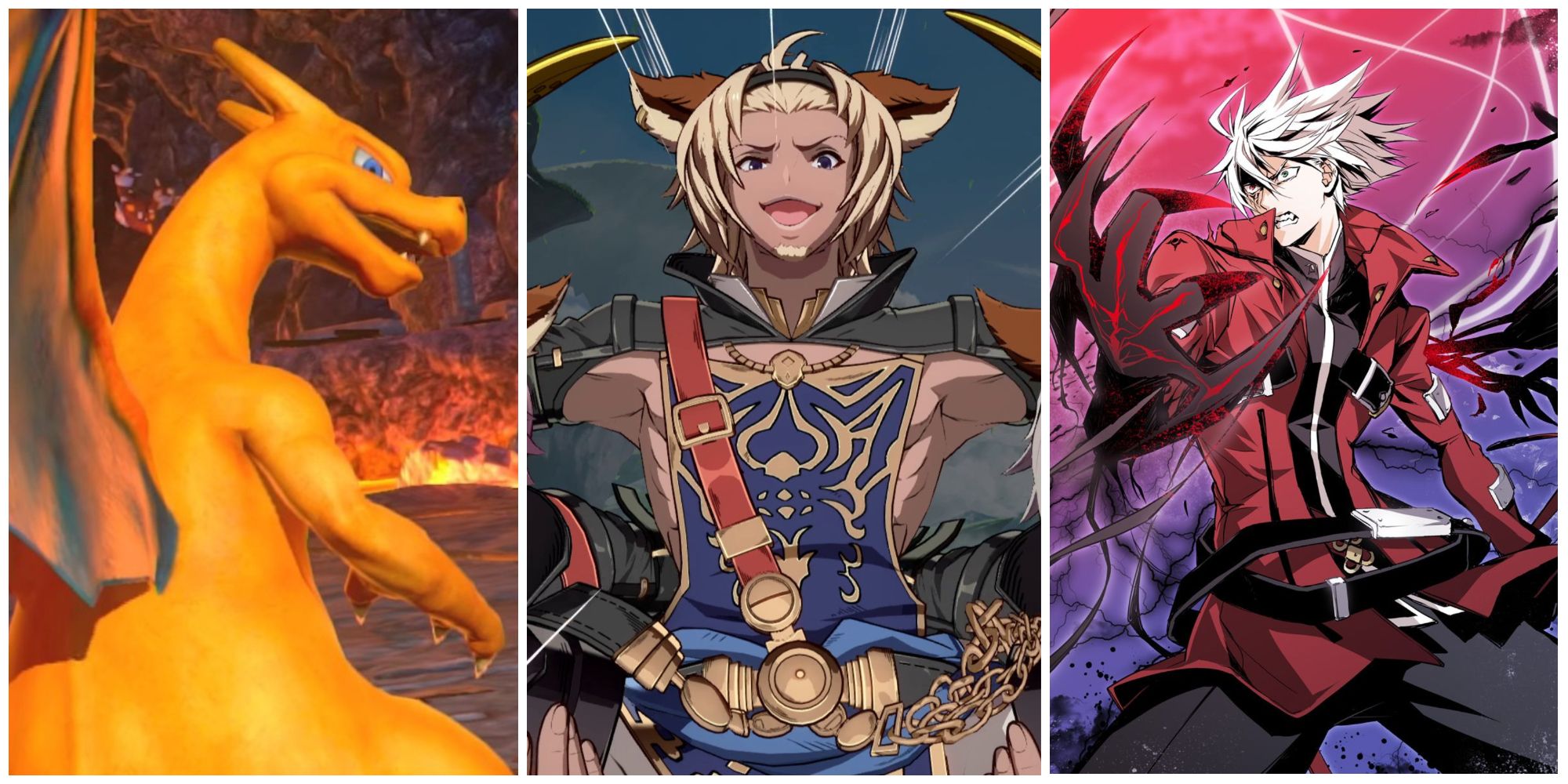
10 Games That Deconstruct The Fighting Genre
Which fighting games deviate from the norm while totally defecting from the fighter genre?
Peach was first playable in the second installment of the main series in 1988, and has always reappeared in the multiplayer spin-off series Mario Party, Smash, Kart, and Sports as a playable avatar, but her autonomy didn’t exempt her from falling victim to kidnapping. To the amusement of many, Peach’s casual kidnappings are met with minimal struggle and Peach is largely unfazed by the regularity of her pseudo-traumatic abductions. Prior to 2023, Peach starred as the primary protagonist in one 2005 game for the Nintendo DS, Super Princess Peach, which reversed the trope by kidnapping Mario, Luigi, and Toad for Peach to rescue. Unfortunately, the main game function had sexist undertones, revolving around Peach’s mood swings, allowing her to attack with fiery rage and wash away enemies with her tears.
In March 2024, Princess Peach adopted her second leading role in Princess Peach: Showtime, having waited almost twenty years since Super Princess Peach. Utilizing costumes to unlock detective, stealth, combat, rhythm, and cooking games, Peach’s personality shines without Mario or a single kidnapping. Throughout the franchise, Peach fluctuates from a feminist icon with temporary independence to the original damsel in distress, both empowered and kidnapped simultaneously. Whether Nintendo intends to retire Princess Peach’s record-breaking kidnapping streak in future games is yet to be seen.
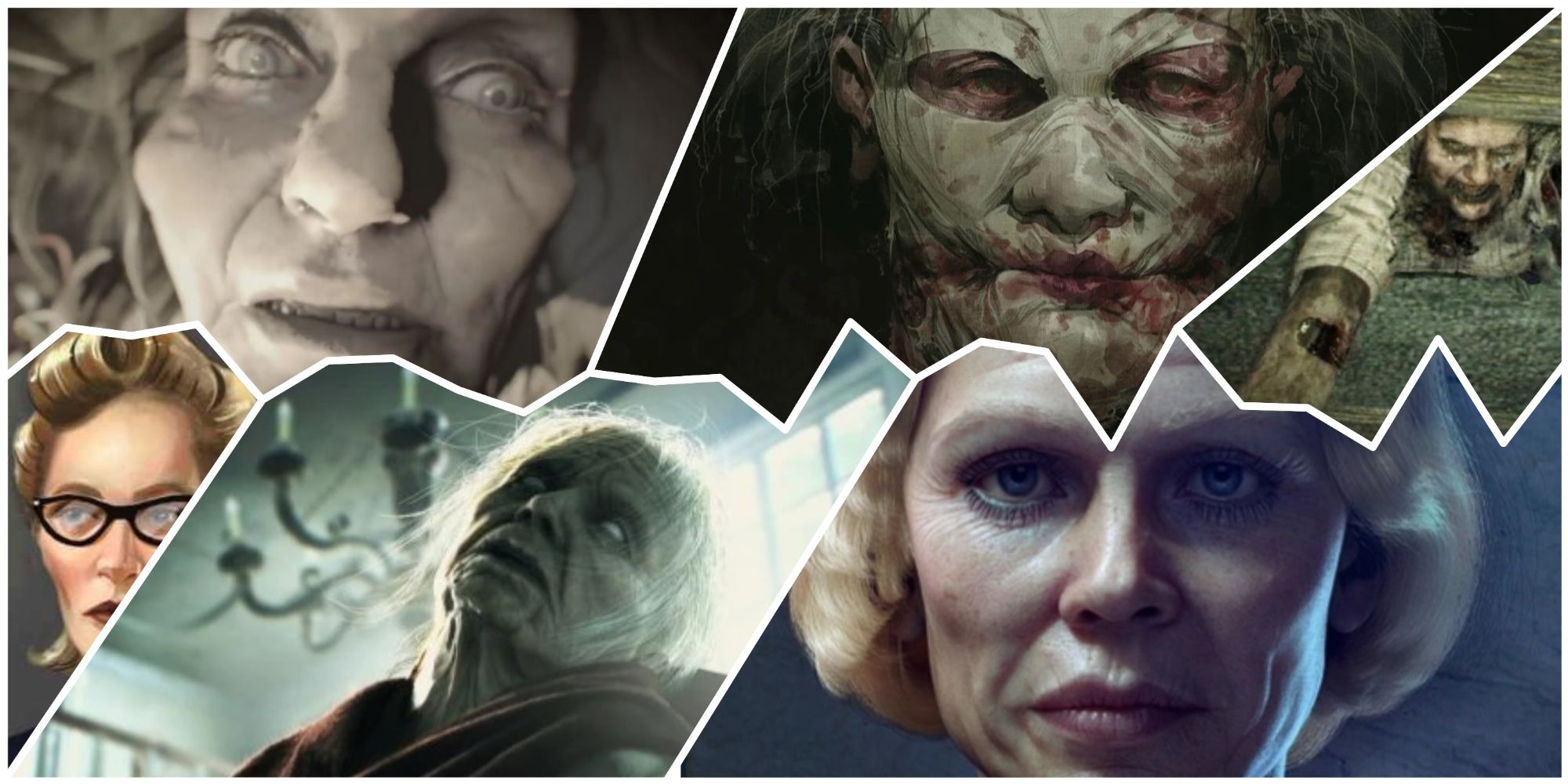
5 Creepy Older Female Antagonists In Video Games
Despite their unassuming exterior, these older female video game antagonists bring the scare factor to their roles as their games' big bad.

